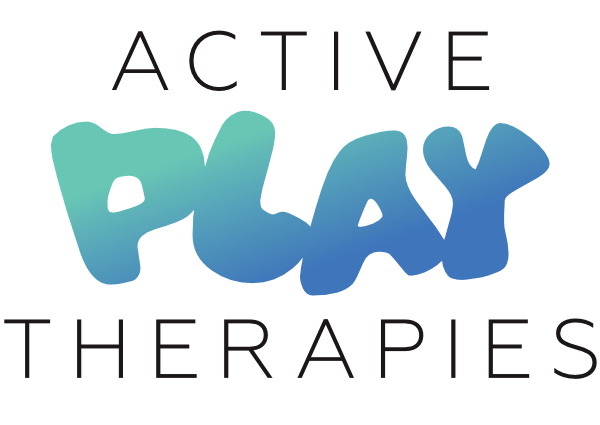Thoughts from a Therapist: Showcasing Sensory Clinic Spaces
Originally published on Sensory Integration Education on 28 June 2024.
In this month’s Thoughts from a Therapist blog, Anna Willis gives us a sneak preview of what she’ll be presenting at this year’s online SIE Conference. In her presentation ‘Showcasing Sensory Clinic Spaces’, she explores the creative side of designing and implementing sensory clinic spaces – from the basic “we’ve only got this space, let’s squeeze a swing in” to the Star Institute Treatment Clinic in Colorado!
I’ve had a busy month pulling together my presentation for SIE’s Conference in September. My presentation is Showcasing Sensory Clinic Spaces and I had a lot of fun revisiting old rooms, trawling through my old photo and video reels of work from years ago and visiting spaces to take videos of rooms in action.
I did wonder whether seeing therapy spaces would in fact be interesting to anyone else… and decided that, for me, I’m always so curious about where other people do their therapy, what it looks like, what their favourite pieces of equipment are and what they don’t rate – that I’m hoping there are lots of you out there too who are equally curious! It became a visual buffet of a wide range of sensory rooms from the basic “we’ve only got this space, let’s squeeze a swing in”, to, wait for it… the Star Institute Treatment Clinic in Colorado!
My mentor and sensory guru, Virginia Spielmann, very kindly let me quiz her all about sensory clinic favourites, regrets and advice, as well as giving me a host of videos I’ve merged together to show you all the wonders of what must be one of the best SI rooms in the world!
Whilst doing my research for the presentation, I realised the breadth of creativity there is in doing Ayres Sensory Integration (ASI). We often don’t have access to giant rooms with lots of fabulously sturdy beams just crying out for suspension points. And instead, we may have a water bed and a gym ball. Or a bus.
That’s right. A bus! I’ve come across a couple of buses kitted out as sensory gyms and they look fabulous. Bar the obvious challenges of available space, they can be made to be so versatile and flexible, whilst having the added bonus of being entirely mobile and rent-free (although I guess parking spaces may be an issue!) Although the bus didn’t make it into my final presentation, I certainly had fun exploring the creative side of sensory clinic spaces and I hope you enjoy my celebration of this at the SIE Conference later this year.
I hope I’ve inspired you all to go and buy a bus now!
Anna
Thoughts From a Therapist is a regular series written by Advanced SI Practitioner Anna Willis about something that piqued her professional interest or inspired her in some way over the last month. Anna, an occupational therapist and owner of Active Play Therapies, has over ten years of experience working with children and adults with a range of learning disabilities and autism.
